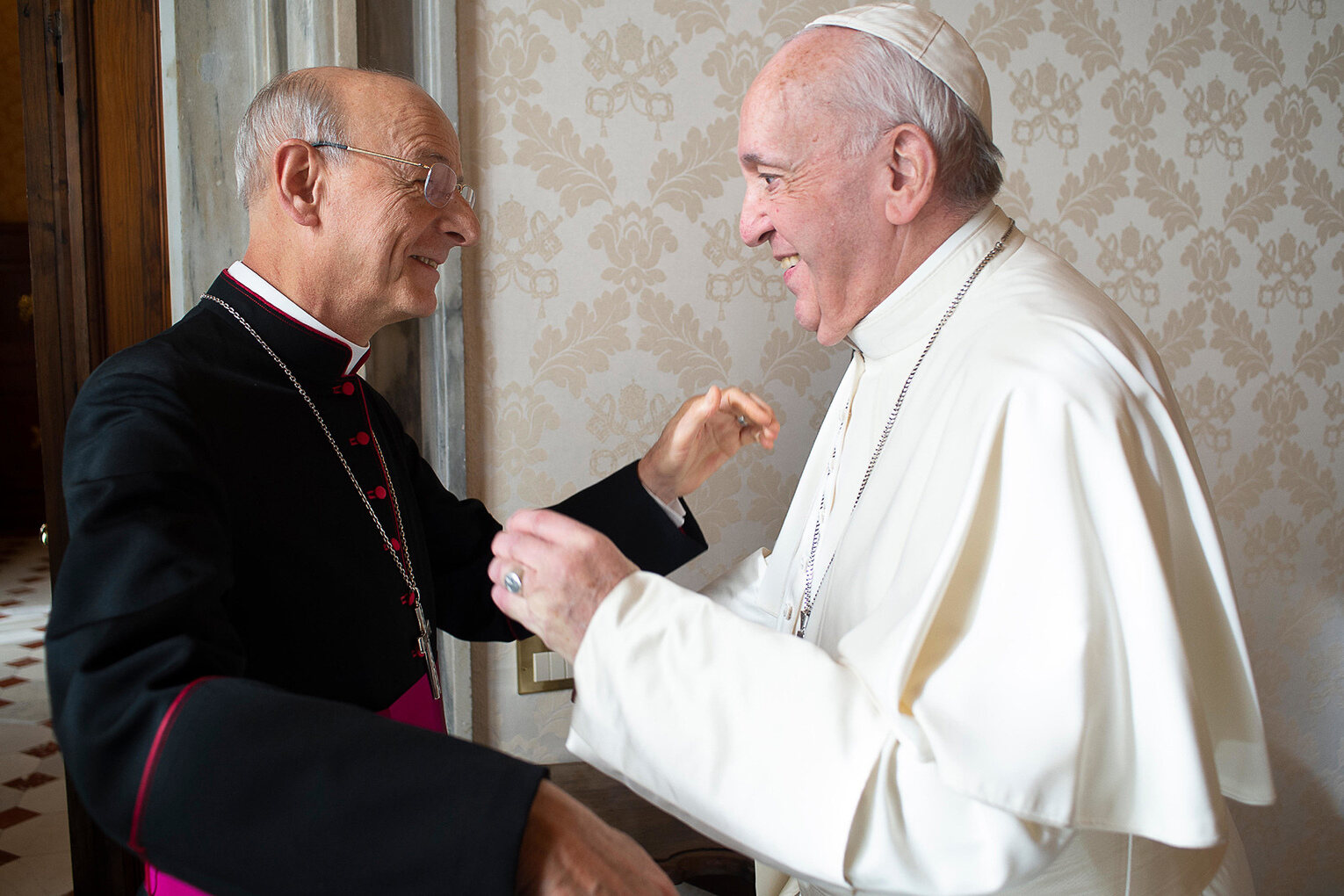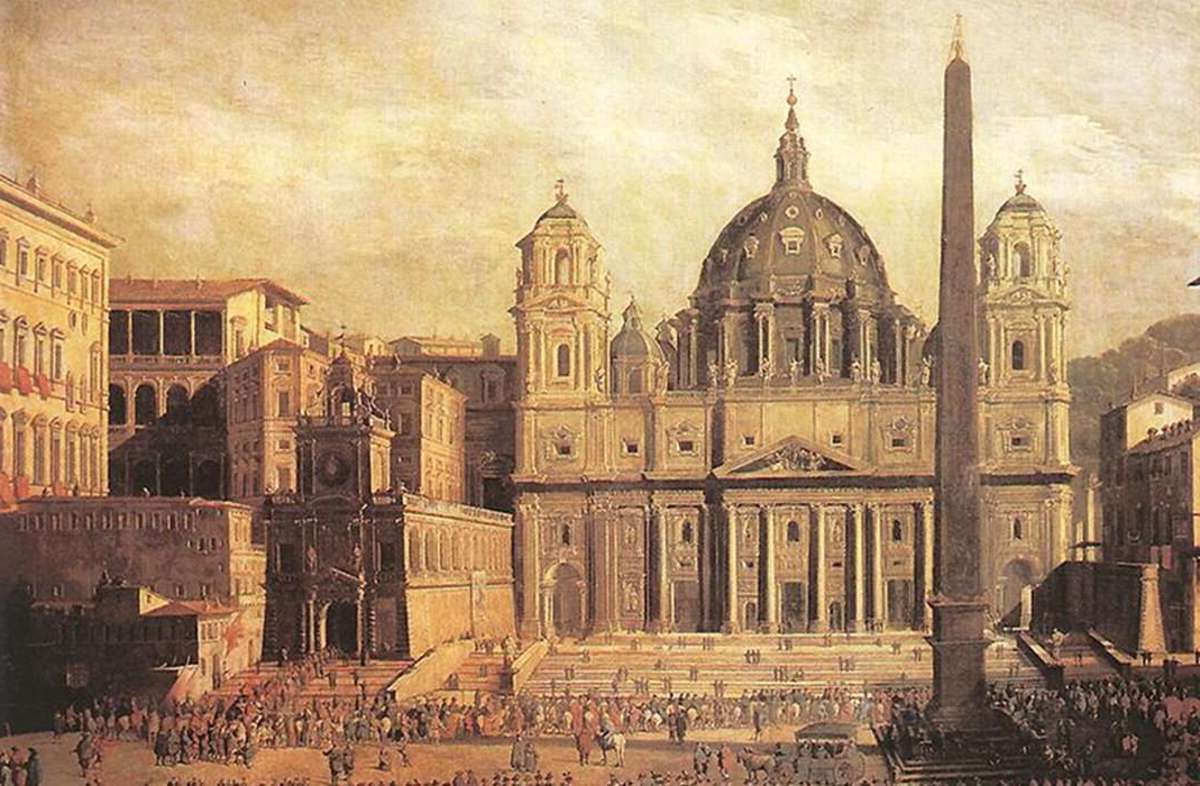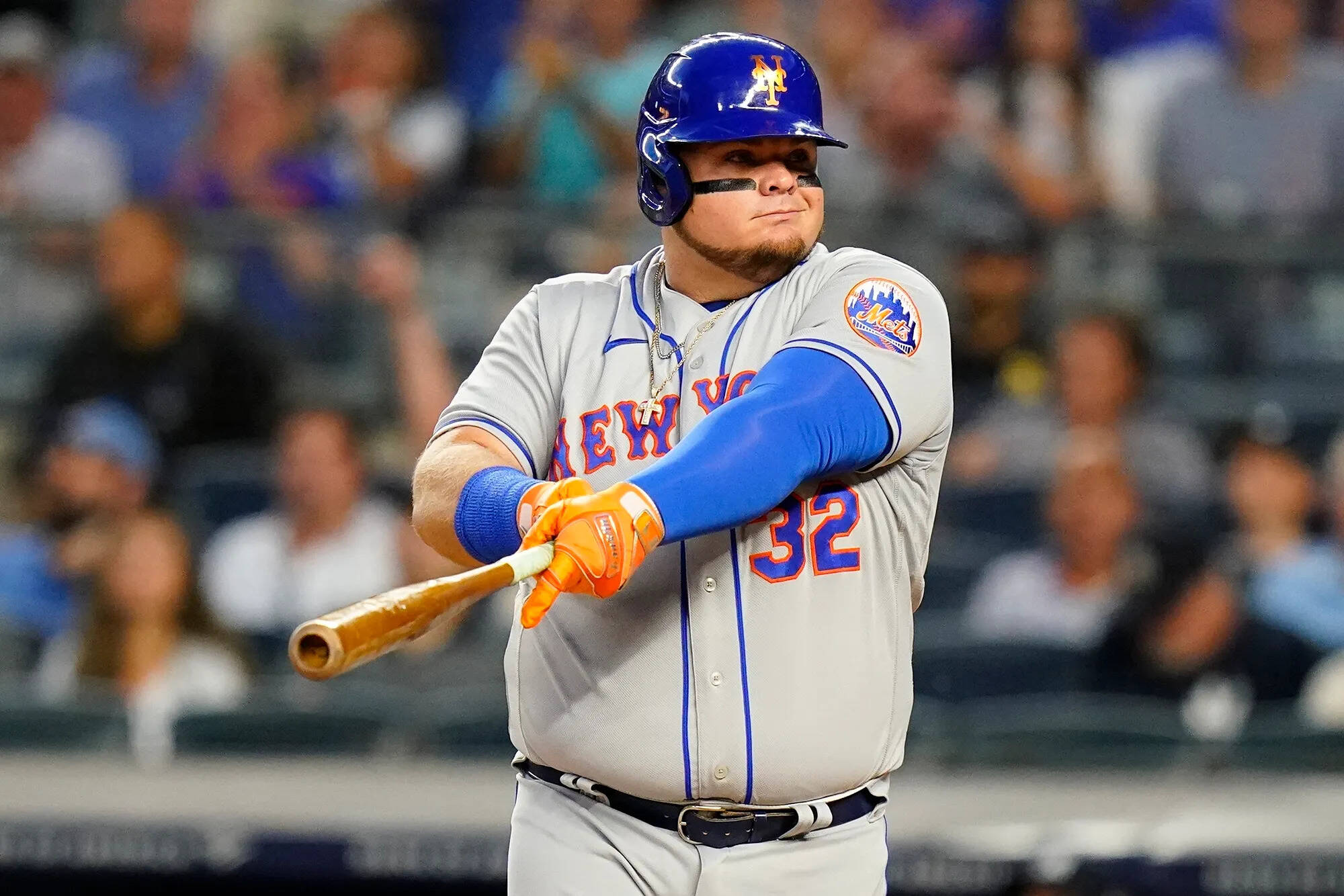
Prelates hold significant roles within religious hierarchies, often guiding spiritual practices and maintaining church traditions. But what exactly defines a prelate? A prelate is a high-ranking member of the clergy, typically a bishop or an abbot, who has authority over a specific area or group within the church. These leaders play crucial parts in shaping religious communities, offering guidance, and ensuring that religious doctrines are followed. From their historical origins to their modern-day responsibilities, prelates have fascinating stories and duties that many might not know. Ready to learn more about these influential figures? Let’s dive into 30 intriguing facts about prelates that will enlighten and surprise you!
Prelate: A Glimpse into History
Prelates have played significant roles in religious and political spheres throughout history. Let's dive into some fascinating facts about these influential figures.
-
The term "prelate" originates from the Latin word "praelatus," meaning "one preferred" or "distinguished."
-
Prelates are high-ranking members of the clergy, often holding positions such as bishops, archbishops, or abbots.
-
In the Roman Catholic Church, prelates are often appointed by the Pope.
-
Prelates have the authority to oversee and manage dioceses or religious orders.
-
Historically, prelates wielded considerable political power, influencing kings and emperors.
Roles and Responsibilities
Understanding the duties of prelates can shed light on their importance within religious institutions.
-
Prelates are responsible for ensuring the spiritual well-being of their congregations.
-
They often preside over important religious ceremonies, such as ordinations and confirmations.
-
Prelates have the authority to consecrate new churches and altars.
-
They play a crucial role in the administration of sacraments, including the Eucharist and reconciliation.
-
Prelates are involved in the governance of the church, participating in councils and synods.
Notable Prelates in History
Throughout history, several prelates have left an indelible mark on society and religion.
-
Thomas Becket, the Archbishop of Canterbury, was famously martyred in 1170.
-
Cardinal Richelieu, a French clergyman, served as the chief minister to King Louis XIII.
-
Pope Gregory VII, a reformer, played a pivotal role in the Investiture Controversy.
-
Saint Augustine of Hippo, a bishop, is renowned for his theological writings.
-
Hildegard of Bingen, an abbess, was a visionary and influential composer.
Prelates in Different Religions
While often associated with Christianity, the concept of prelates exists in other religions as well.
-
In Eastern Orthodoxy, prelates include patriarchs and metropolitans.
-
Anglicanism also has prelates, such as archbishops and bishops.
-
Some branches of Buddhism have high-ranking monks who serve similar roles to prelates.
-
In Islam, certain scholars and leaders, like the Grand Mufti, hold prelate-like positions.
-
Hinduism has spiritual leaders, such as Shankaracharyas, who oversee religious practices.
Modern-Day Prelates
The role of prelates continues to evolve in contemporary society.
-
Modern prelates often engage in interfaith dialogue and social justice initiatives.
-
They use media and technology to reach wider audiences and spread their messages.
-
Prelates today are involved in humanitarian efforts, addressing issues like poverty and climate change.
-
Some prelates advocate for reforms within their religious institutions.
-
The election of Pope Francis marked a shift towards a more humble and accessible papacy.
Fun and Lesser-Known Facts
Here are some intriguing tidbits about prelates that might surprise you.
-
The Pope's ring, known as the Fisherman's Ring, is destroyed upon his death to symbolize the end of his papacy.
-
Some prelates have been canonized as saints due to their exemplary lives and miracles attributed to them.
-
The title "Monsignor" is an honorific for certain prelates, often granted by the Pope.
-
Prelates often wear distinctive attire, such as mitres and crosiers, during religious ceremonies.
-
The Vatican City, the smallest independent state in the world, is governed by the Pope and other high-ranking prelates.
Final Thoughts on Prelates
Prelates have played significant roles throughout history. From guiding religious communities to influencing political decisions, their impact is undeniable. These leaders often hold titles like bishops, archbishops, and cardinals, each with unique responsibilities and authority levels. They serve as spiritual guides, administrators, and sometimes even diplomats.
Understanding the history and duties of prelates can offer insights into the broader context of religious and political history. Their influence extends beyond the church, affecting societal norms and governance. Whether you're a history buff or just curious about religious hierarchies, learning about prelates can be both enlightening and fascinating.
So, next time you hear about a bishop or cardinal, you'll have a deeper appreciation for their role and significance. Keep exploring and questioning, and you'll uncover even more intriguing facts about these influential figures.
Was this page helpful?
Our commitment to delivering trustworthy and engaging content is at the heart of what we do. Each fact on our site is contributed by real users like you, bringing a wealth of diverse insights and information. To ensure the highest standards of accuracy and reliability, our dedicated editors meticulously review each submission. This process guarantees that the facts we share are not only fascinating but also credible. Trust in our commitment to quality and authenticity as you explore and learn with us.


